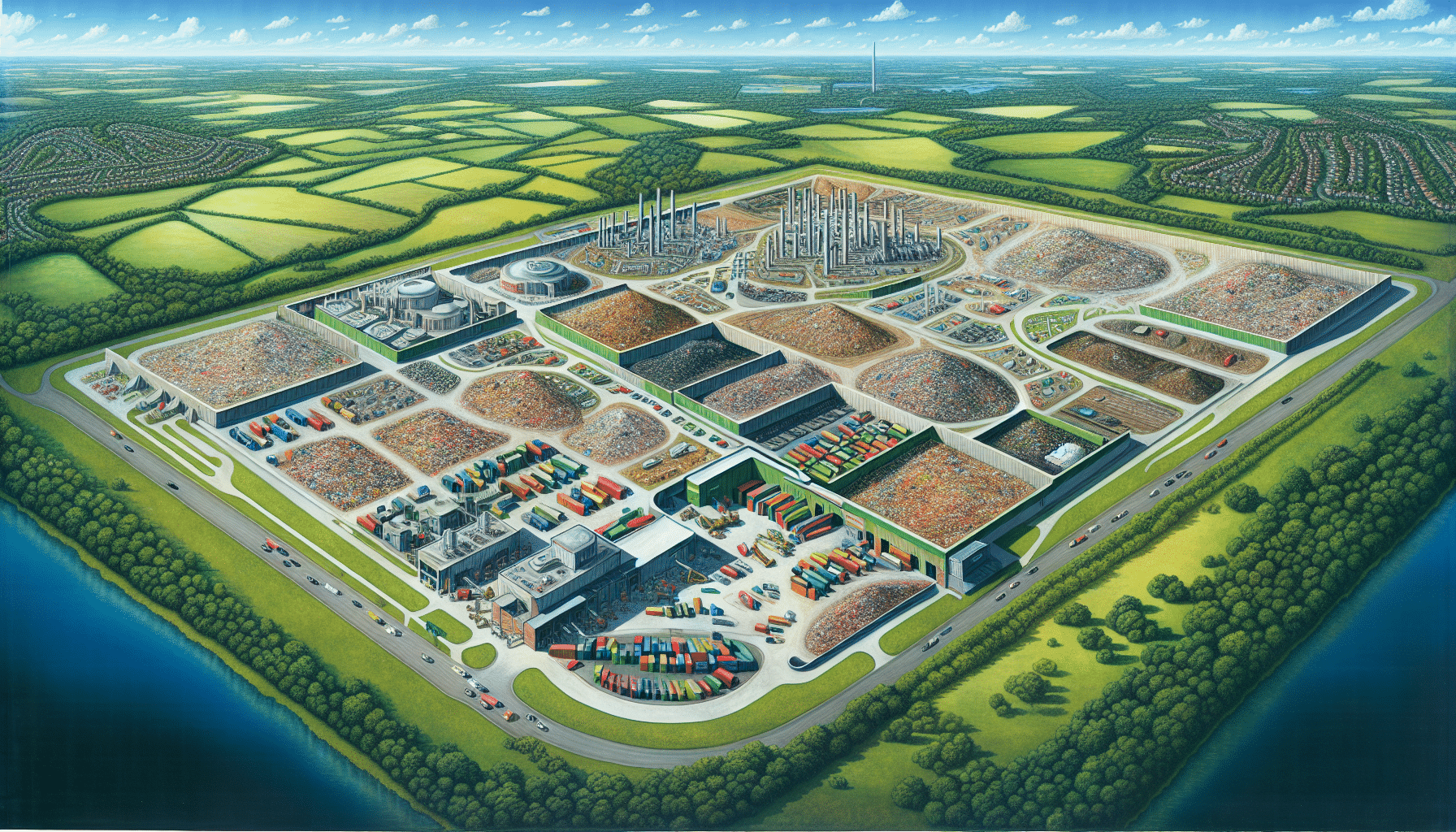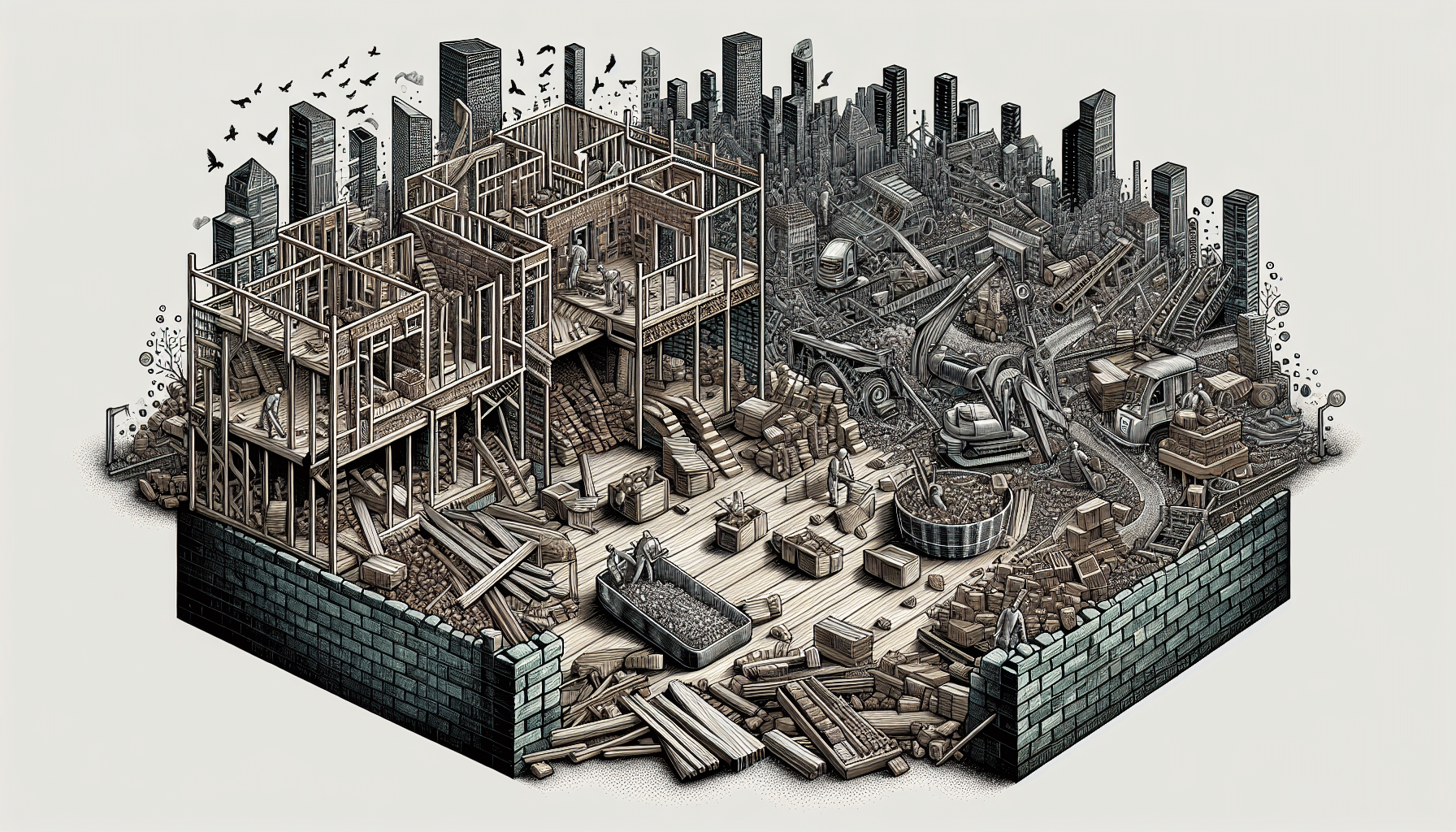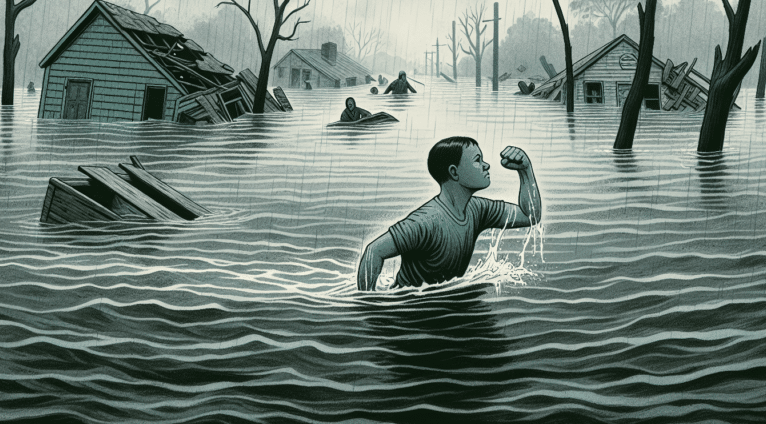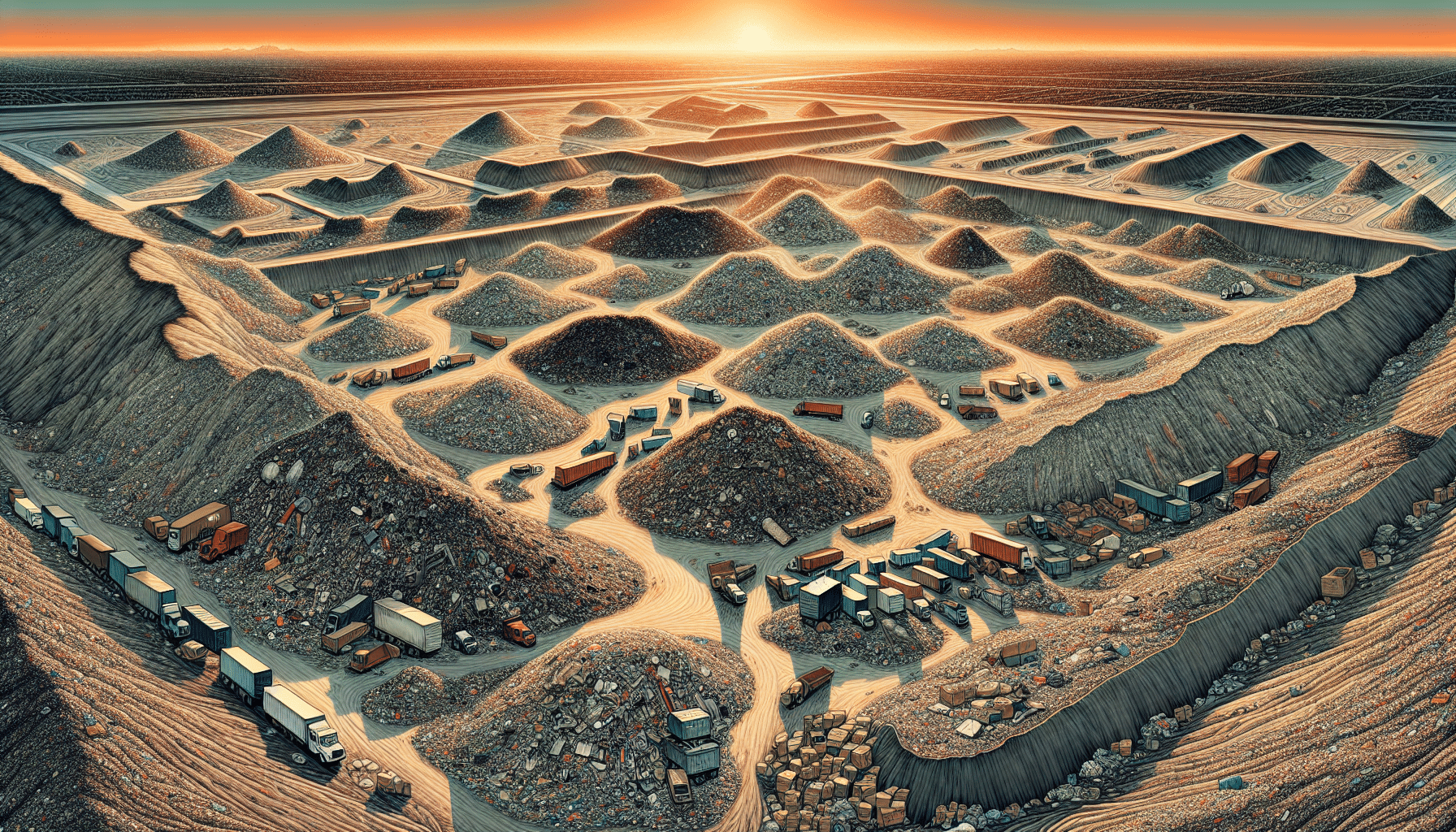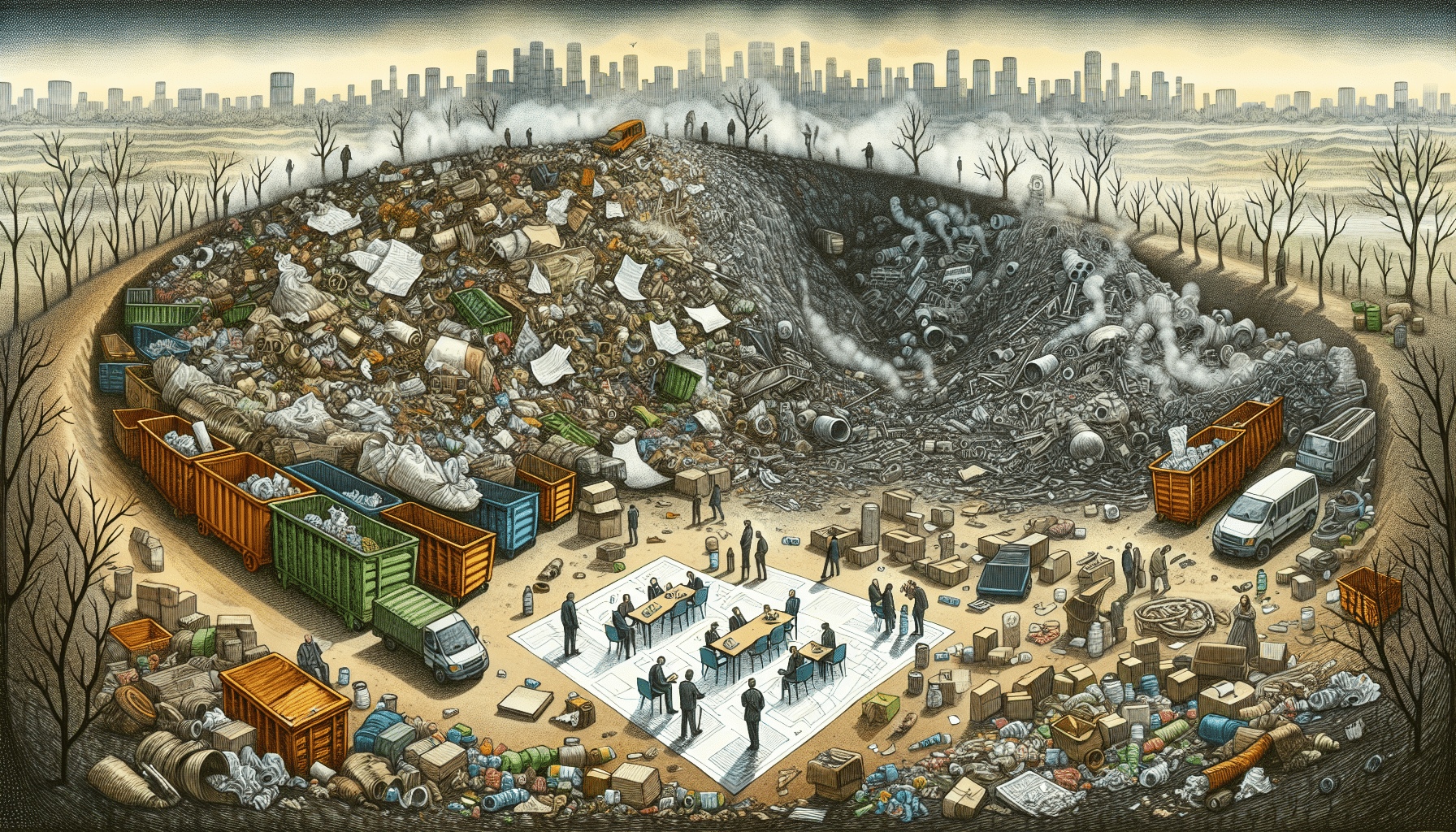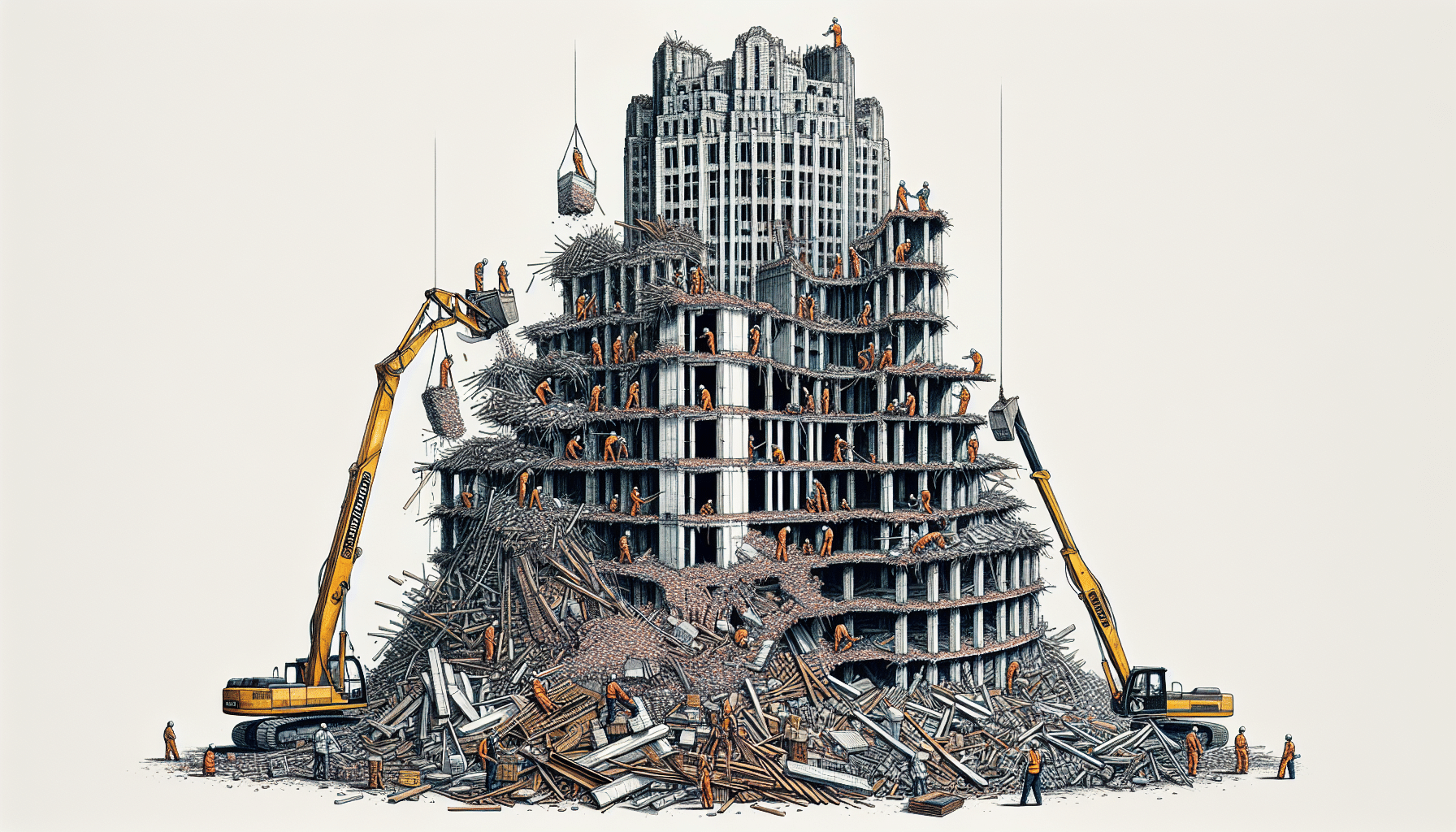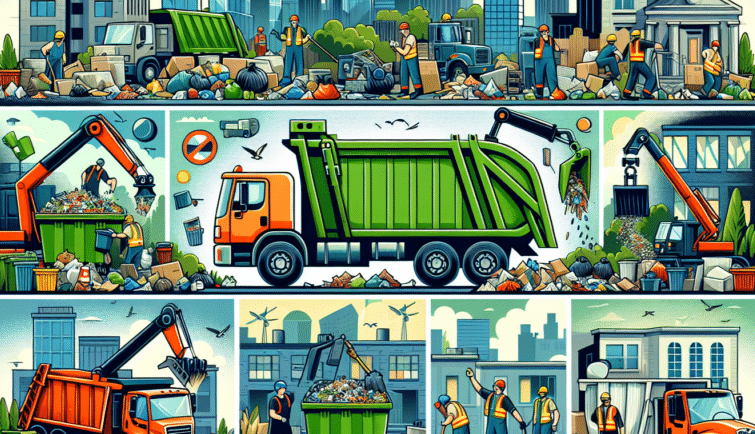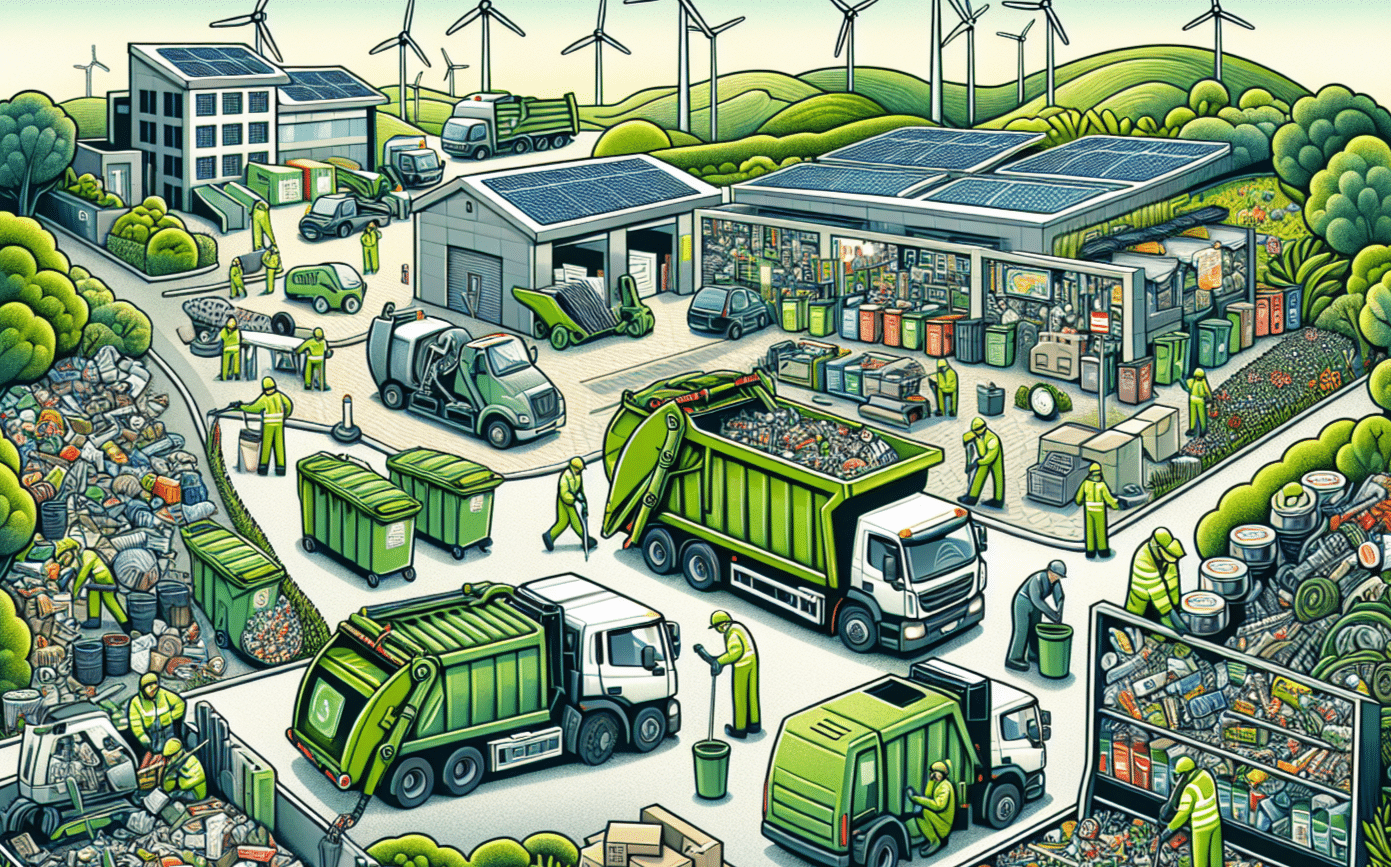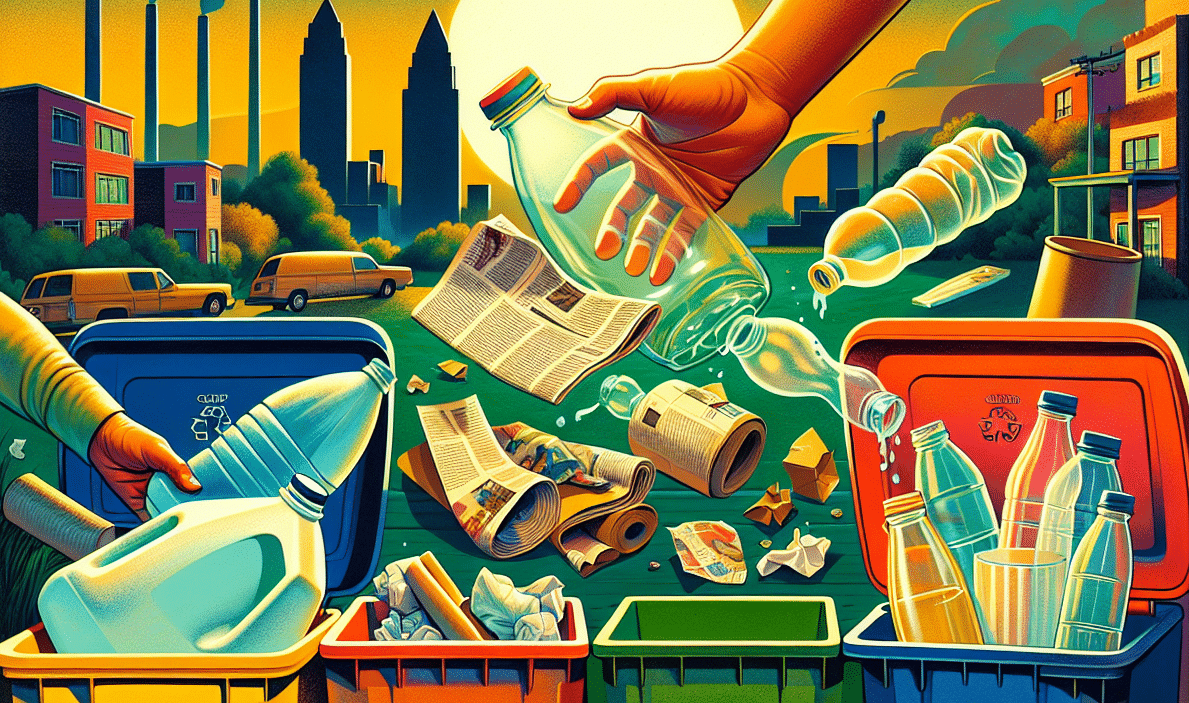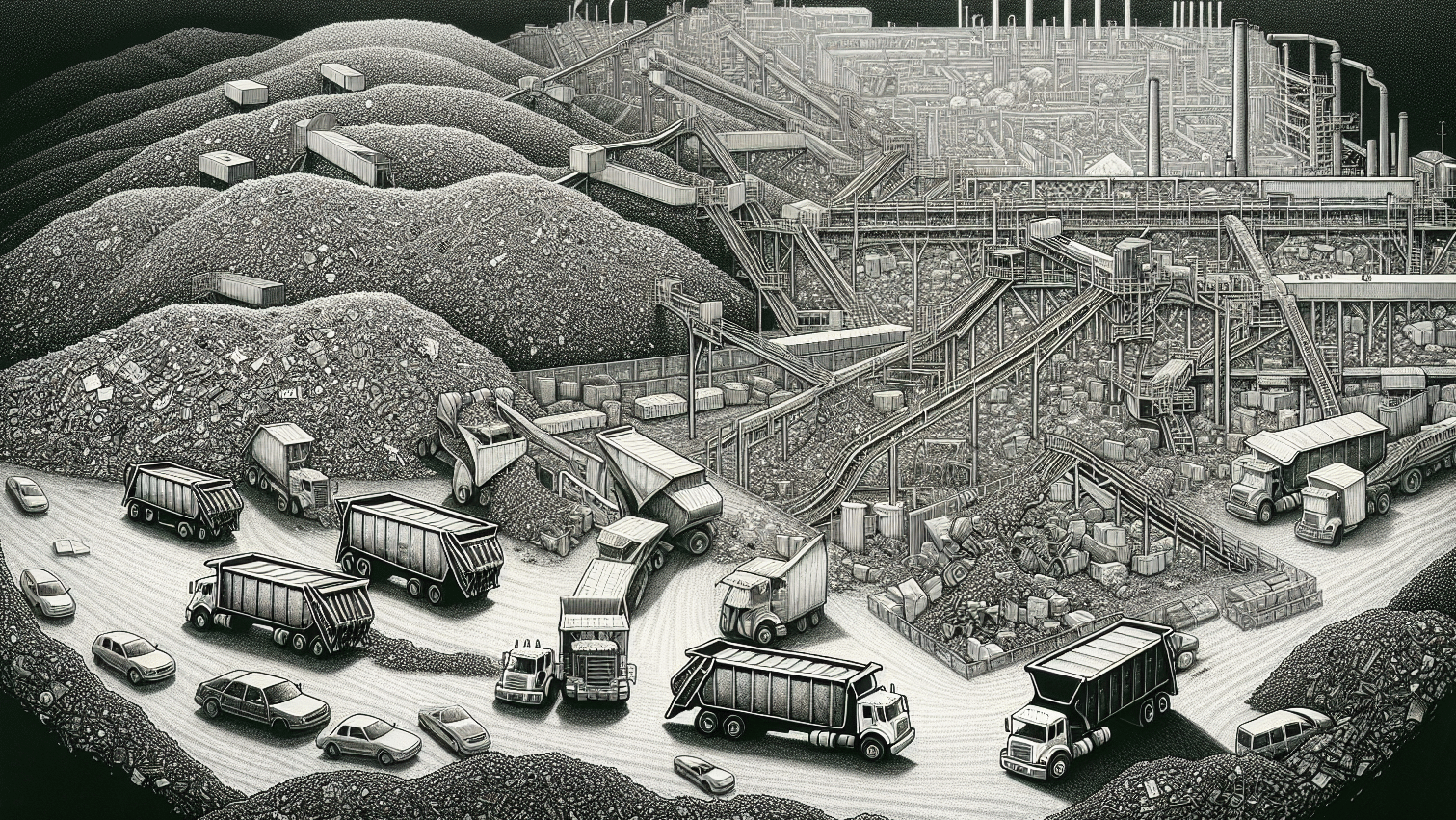What becomes of your trash after it leaves the curb? Our environment contends with growing mountains of refuse as we grapple with effective waste management. Exploring the realities of garbage and landfills reveals the engineering behind waste disposal, the consequent environmental strain, and breakthroughs in reducing their impact.
Key Takeaways
- Modern landfills are highly engineered facilities, designed to minimize environmental impact, featuring strict waste inspection, compaction, and containment processes.
- Landfills contribute to environmental issues like pollution, climate change, and habitat destruction, with methane and carbon dioxide emissions from waste decomposition posing significant greenhouse gas concerns, and leachate representing a toxic threat to soil and water.
- Innovative practices in recycling, composting, and waste-to-energy initiatives are crucial for reducing landfill burden and environmental footprint.
- Hazardous Waste Landfills are subject to stringent EPA regulations, with advances anticipated in hazardous waste treatment technologies.
The Lifecycle of Your Garbage: From Pickup to Landfill

Every discarded item, from household trash to industrial waste, embarks on a meticulously orchestrated journey the moment it leaves our hands. The lifecycle of garbage is a complex process that stretches from the curbside to a landfill site. It’s a narrative of transformation where municipal solid waste becomes part of a vast waste stream, navigated through an integrated waste management system.
Collection and Transportation
Garbage trucks play a pivotal role in waste disposal operations. A single garbage truck services up to 850 households before the collected household garbage is delivered to the nearest landfill.
The Role of Modern Landfills in Waste Management

Governed by stringent regulations and under the watchful eye of agencies like the EPA, modern landfills embody the pinnacle of current waste management practices. Landfill operations are a symphony of precision and control, where the incoming tide of trash is meticulously inspected, compacted, and contained to shield the environment from the potential harms of waste.
Final Disposal and Containment
Bulldozers and compactors help to minimize the presence of waste in landfills. Each day’s accumulation of waste is covered with a layer of dirt that serves as a barrier for unwanted odors and limits contamination.
The Environmental Toll of Trash: Pollution and Climate Change
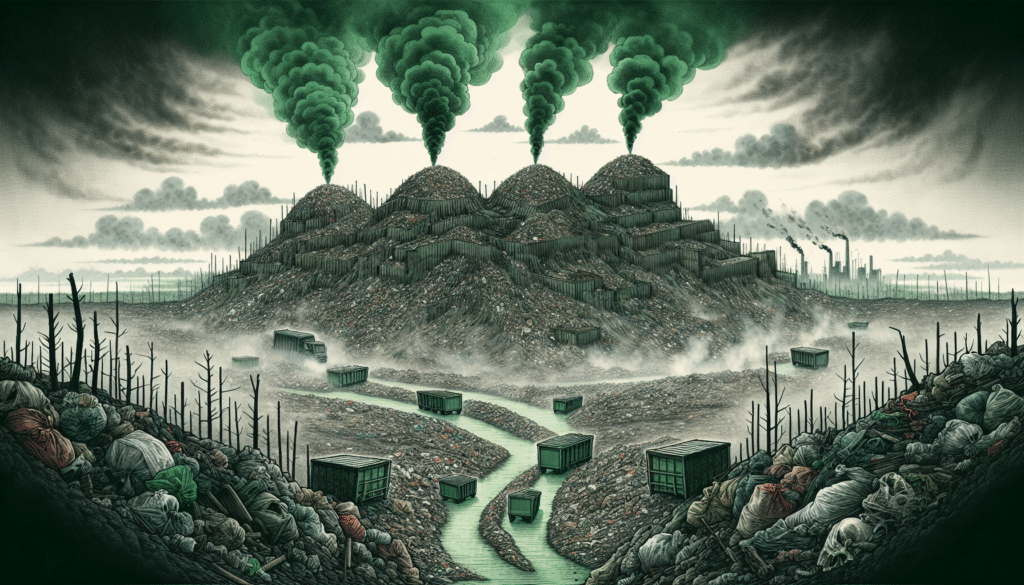
Landfills, while necessary, are not without their own burdens as they contribute to air pollution, greenhouse gas emissions, soil and water contamination, and local habitat destruction. They also play a significant role in the narrative of climate change.
Landfill Gas: Methane and Carbon Dioxide Emissions

Beneath the surface of landfills contains a potent mix of methane and carbon dioxide, gasses that contribute heavily to global warming. However, while methane and carbon dioxide gasses pose environmental risks, they can also be captured and repurposed as a new source of energy.
Leachate: The Toxic Liquid Threat
Amidst the mass of decaying matter lies another hidden threat: leachate, a toxic substance that results from the percolation of water through the waste mass. This contaminated liquid poses grave threats to environmental and human health. To combat this, modern landfills deploy sophisticated containment and treatment systems, ensuring that leachate is kept at bay.
Solid Waste and Its Long-Term Legacy
Even as we move on from our discarded items, they continue their slow transformation within the landfill. Waste decomposition is a lengthy affair, taking place in multiple stages over time and leaving behind a legacy that can persist for generations.
Innovations in Landfill Operations and Waste Reduction
Landfill operations are being reimagined with the integration of artificial intelligence, drone technology, and blockchain systems, enhancing efficiency and transparency from collection to disposal. These technological advancements are complemented by a cultural shift towards Zero Landfill strategies and sustainable alternatives like waste-to-energy processes.
Upgrading Landfill Construction and Monitoring
Modern landfilling requires special construction and monitoring, with advanced liners, leachate collection systems, and stormwater management playing critical roles in environmental protection. The push towards sustainability is also evident in the equipment used within these facilities, with a move towards hybrid and electric machinery that promises lower emissions and improved operational efficiency.
Recycling and Composting: Reducing Landfill Load
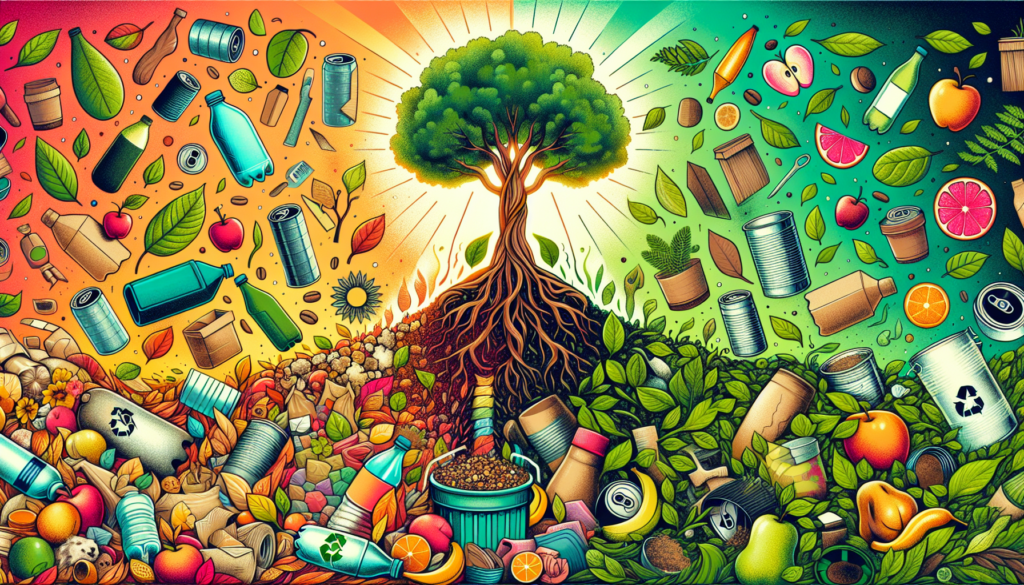
Through the processes of recycling and composting, items that were once delegated to the landfill can be given new life. These practices are pivotal in lessening the burden on landfills, with organic materials such as food and yard trimmings being transformed into nutrient-rich compost, and recyclable items being repurposed into reusable resources.
From Waste to Energy: Harnessing Landfill Gas
In the realm of waste management, methane gasses emitted from landfills can now be harnessed as renewable energy. Landfill gas collection systems not only mitigate potential hazards but also feed into waste-to-energy technologies, providing electricity and heat that power our homes and industries.
Managing Hazardous Waste: Special Considerations
Special facilities, known as Treatment, Storage, and Disposal Facilities (TSDFs), are designed to carefully identify and manage hazardous materials. Within these highly regulated environments, hazardous wastes undergo treatment processes that either recover valuable materials or reduce the waste’s volume, ensuring that its disposal does not endanger the environment or public health.
Identifying and Segregating Hazardous Materials
The first step in managing hazardous waste is recognizing and categorizing the materials within our waste stream. The EPA’s classification system helps to identify and segregate hazardous wastes, ensuring that substances like heavy metals or chemicals from electronic waste are handled with the utmost care.
The EPA’s Role in Regulating Hazardous Waste Disposal
The EPA enforces stringent standards under the Resource Conservation and Recovery Act to safeguard human health and the environment. Hazardous waste management units are specifically designed to meet these federal regulations, ensuring that every step of the disposal process is tightly controlled. From the storage in containers and tanks to the treatment methods employed, the EPA guides the responsible handling of hazardous materials.
The Future of Hazardous Waste Landfilling
Looking ahead, the landscape of hazardous waste landfilling is poised for evolution. As society grows more aware of the risks and impacts associated with hazardous materials, regulatory frameworks and waste treatment technologies will continue to evolve.
Repurposing Closed Landfills: Opportunities for Reclamation
Closed landfill sites can be repurposed, providing communities with new spaces for recreation and development. Innovative projects have demonstrated the viability of transforming landfills into profitable ventures, highlighting the potential for creative reclamation.
Recreational and Commercial Use of Old Landfills
Old landfills have the potential to be transformed into community treasures. For example, spaces like Danehy Park, once a landfill, now serve as a hub of activity and natural beauty, complete with sports facilities, biking trails, and wildlife habitats. This reclamation not only provides community value but also incorporates environmental enhancements, such as the creation of artificial wetlands for stormwater management.
Post-Closure Care and Environmental Monitoring
Landfills, even post-closure, must provide ongoing responsibilities to maintain its integrity and ensure environmental safety. The implementation of a final cover system and the continuous monitoring of leachate and groundwater are integral to fulfilling these responsibilities. Environmental stewardship is further reinforced by long-term monitoring requirements, ensuring that these closed landfills do not cause further environmental issues.
Summary
Proper waste management plays a crucial role in shaping our environmental footprint. As we’ve journeyed through the lifecycle of garbage, we’ve uncovered the complexities of modern landfills, the environmental challenges they present, and the innovative strides being made to mitigate their impact. This journey through garbage and landfills has illuminated the importance of every waste disposal decision we make, from the items we discard to the policies we support, in forging a sustainable path forward.
Frequently Asked Questions
What are modern landfills and how do they differ from older dumps?
Modern landfills are designed with advanced systems to isolate waste and minimize environmental impact, unlike older dumps that lacked environmental safeguards.
How can landfill gas be used as a source of energy?
Landfill gasses, particularly methane, can be captured and used to produce electricity or heat through combustion in engines or boilers.
Why is recycling and composting important for reducing landfill load?
Recycling and composting are important for reducing landfill load because they divert waste away from landfills, and help to repurpose materials and decrease the volume of waste buried in landfills and lessening environmental impact.
What special considerations are necessary for hazardous waste disposal?
Specialized facilities, stringent regulations, and oversight by agencies like the EPA ensure that hazardous waste is managed in a way that protects public health and the environment. Hazardous waste disposal requires careful identification, segregation, and treatment to prevent dangerous chemical reactions and environmental contamination.
Can closed landfills be safely repurposed for community use?
Yes, closed landfills can be safely repurposed for community use, as long as thorough post-closure care is conducted to ensure long-term safety and stability.















